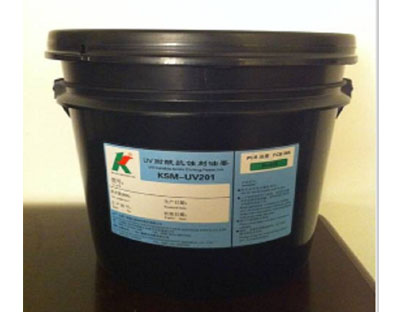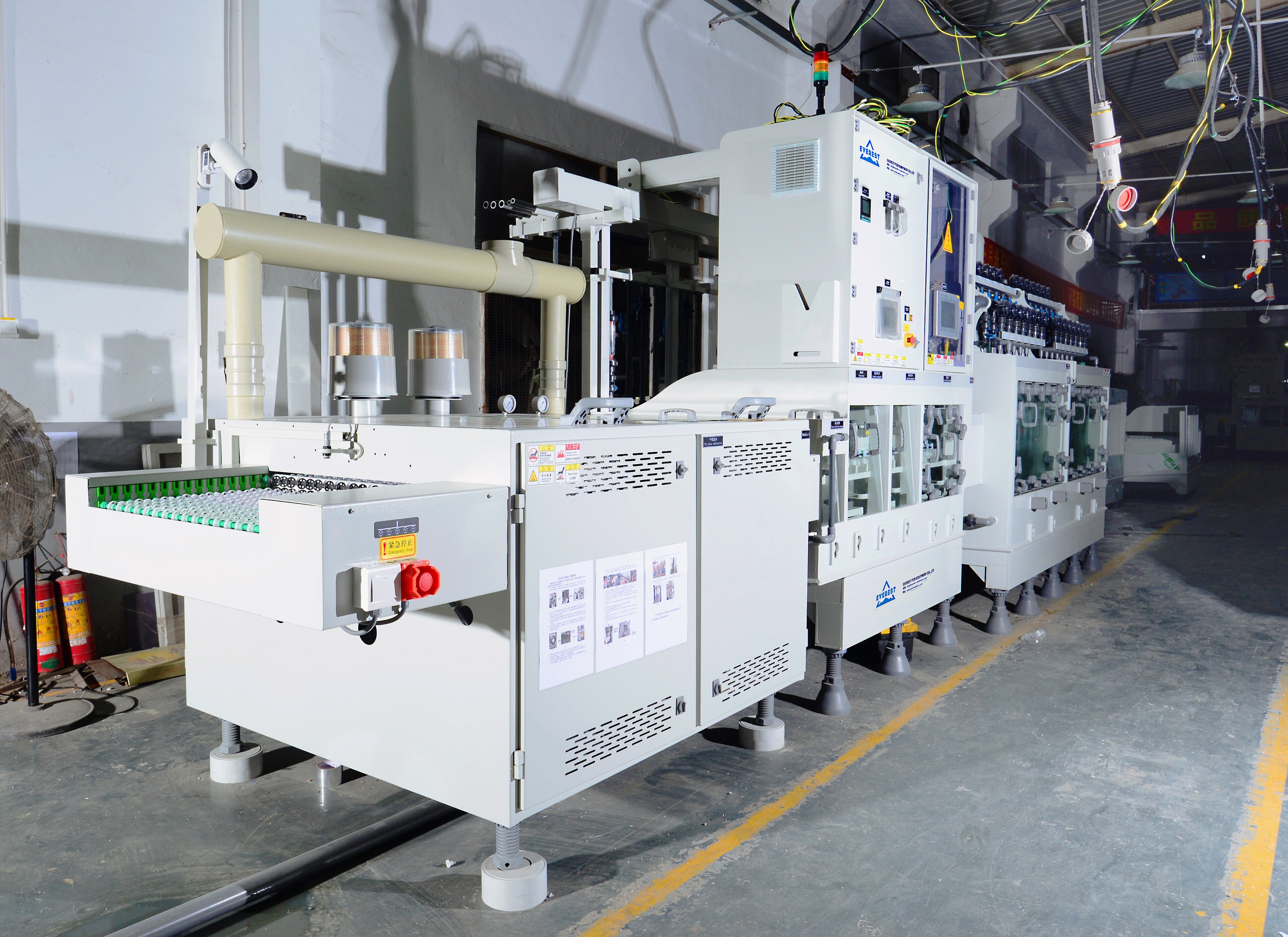I, Purpose of Etching
The purpose of etching is to etch the unprotected non-conductive part of copper on the printed circuit board with patterns made in the previous process to form a circuit.
The etching includes inner layer etching and outer layer etching. The inner layer adopts acid etching, and the wet film or dry film is an anti-corrosion agent; The outer layer is alkaline etched, and tin lead is the corrosion inhibitor.
II, Basic principles of etching reaction
- Acid copper chloride etching solution
① . Characteristics
-The etching speed is easy to control, and the etching solution can achieve high etching quality in a stable state
-Large amount of copper corrosion
-Etching solution is easy to regenerate and recycle
② Main reaction principle
During the etching process, Cu2+is oxidizing, which oxidizes the sheet copper to Cu+: Cu+CuCl2 → 2CuCl
The generated CuCl is insoluble in water and generates soluble complex ions in the presence of excessive chloride ions:
2CuCl+4Cl-→2[CuCl3]2-
With the progress of the reaction, Cu+becomes more and more, and the copper etching ability decreases. It is necessary to regenerate the etching solution to make Cu+become Cu2+. The regeneration methods are as follows: oxygen or compressed air regeneration (low reaction rate), chlorine regeneration (fast reaction, but toxic), electrolytic regeneration (copper can be directly recovered, but the equipment requiring electrolytic regeneration and high power consumption), sodium hypochlorite regeneration (high cost, more dangerous), hydrogen peroxide regeneration (fast reaction rate, easy to control)
Reaction: 2CuCl+2HCl+H2O2 → 2CuCl2+2H2O
Automatic control adding system: automatic continuous production is achieved by controlling etching speed, adding proportion of hydrogen peroxide and hydrochloric acid, specific gravity, liquid level, temperature and other items.
III, Vacuum Etching Machine
1) Structure of vacuum etcher
The vacuum engraving machine was first developed by the German company Pilek and launched in 2001. It is said that patents have been applied in the United States, Germany, Japan and China, and the equipment has been improved over the years.
A group of module structures of vacuum etching machine. It consists of three submersible pumps, one for upper spraying and the other for lower spraying, spraying fresh etching solution to the upper and lower plates respectively. The third pump serves the thin waist Venturi nozzle that produces vacuum. The Venturi tube has three ports. The third pump circulates the solution in the Venturi nozzle. The nozzle slants to the upper nozzle to generate negative pressure. The plate solution can be sucked away through the suction head extending to the upper plate surface through the pipe, so that the etching solution does not stay on the plate surface.
The vacuum suction head is designed as a flat slit and fixed at a distance of about 0.5mm from the surface of the substrate
The position is integrated with the upper conveying press roll, which can rise and fall with the thickness of the plate. The upper and lower nozzles of etching spray are flat fan-shaped nozzles, which have strong impact on the substrate.
The vacuum etching machine has the control function structure similar to other general etching machines, including the monitoring and control system for solution composition, specific gravity, temperature, etc., the spray pressure and flow detection and adjustment system, and the nozzle blockage alarm device. The vacuum etching machine can use acid copper chloride, alkaline copper chloride, ferric chloride and other etching solutions.
2) Effect of vacuum etching machine
To confirm the uniformity of etching, 35 μ M The foil clad laminate of copper foil is respectivel
Full plate etching is carried out on the vacuum etching machine, and the copper foil in the middle of the plate is etched to 18 μ Stop when the thickness is m, and detect the copper thickness distribution on the whole board surface. The thickness distribution of copper obtained by conventional etching is usually high mountain in the center, while the thickness distribution of copper obtained by vacuum etching is uniform. Center and edge of conventional etching within 600mm length
Thickness difference of copper is about ± 4 μ m(18~10 μ m) While the thickness difference between the center and the edge of the vacuum etched copper is only about ± 1 μ m(19~17 μ m) The latter is only a quarter of the former.
The vacuum etching machine is used to make the line width/line spacing ≤ 30/30 μ M is easy to realize. In order to get the ideal effect, it is necessary to grasp the factors such as vacuum strength, spray pressure and copper foil thickness. The suction amount of the vacuum nozzle in the etcher to the plate solution should be equal to or slightly greater than the spray amount. If the suction amount is small, the old solution will be detained. The spray pressure will affect the etching speed and the degree of side corrosion, but the pressure will damage the anti etching film.





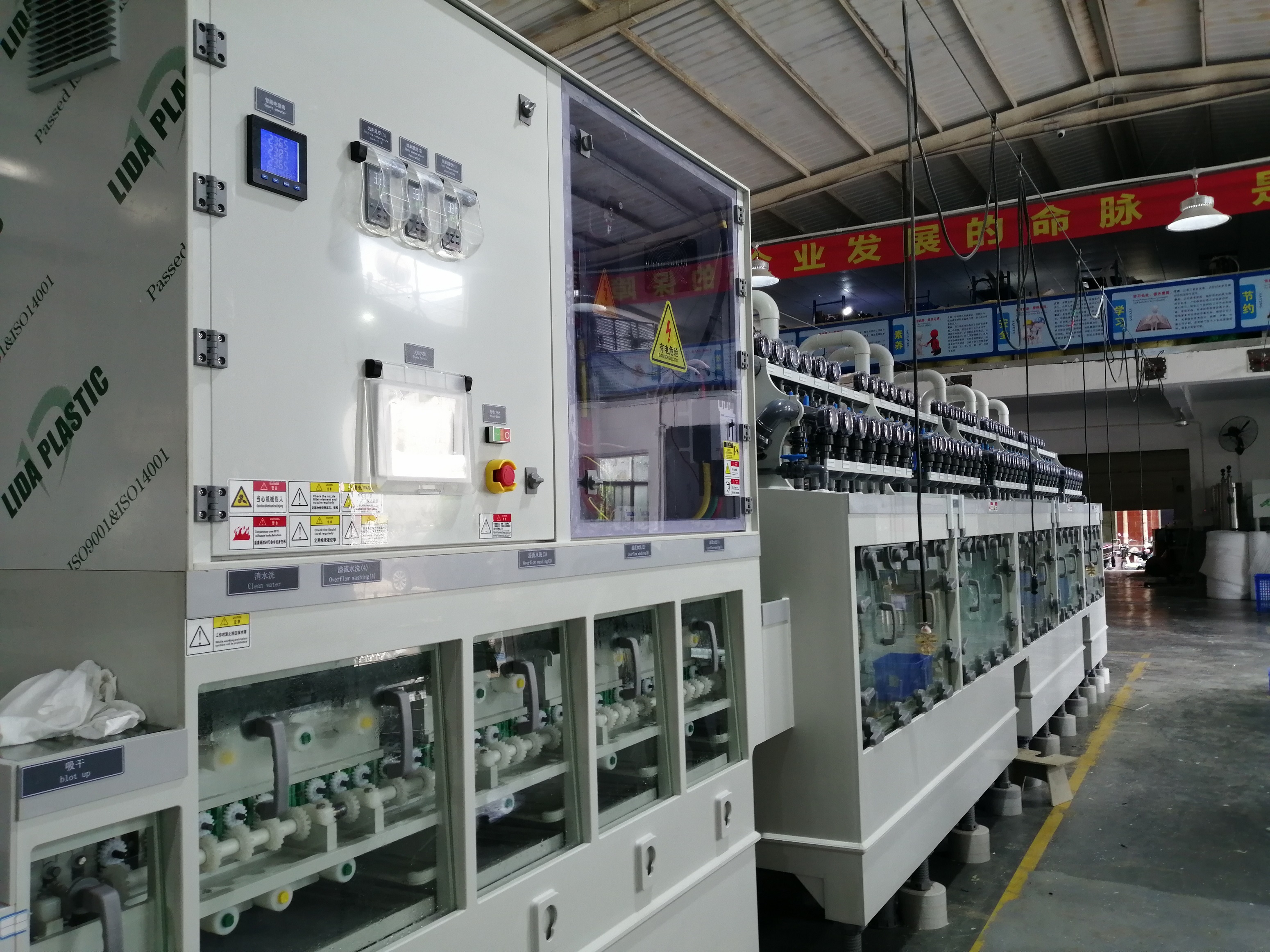
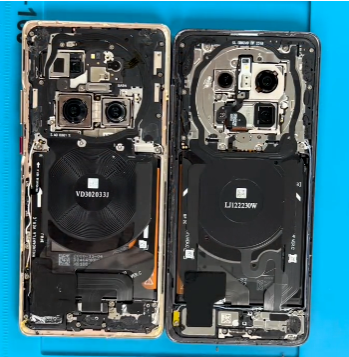
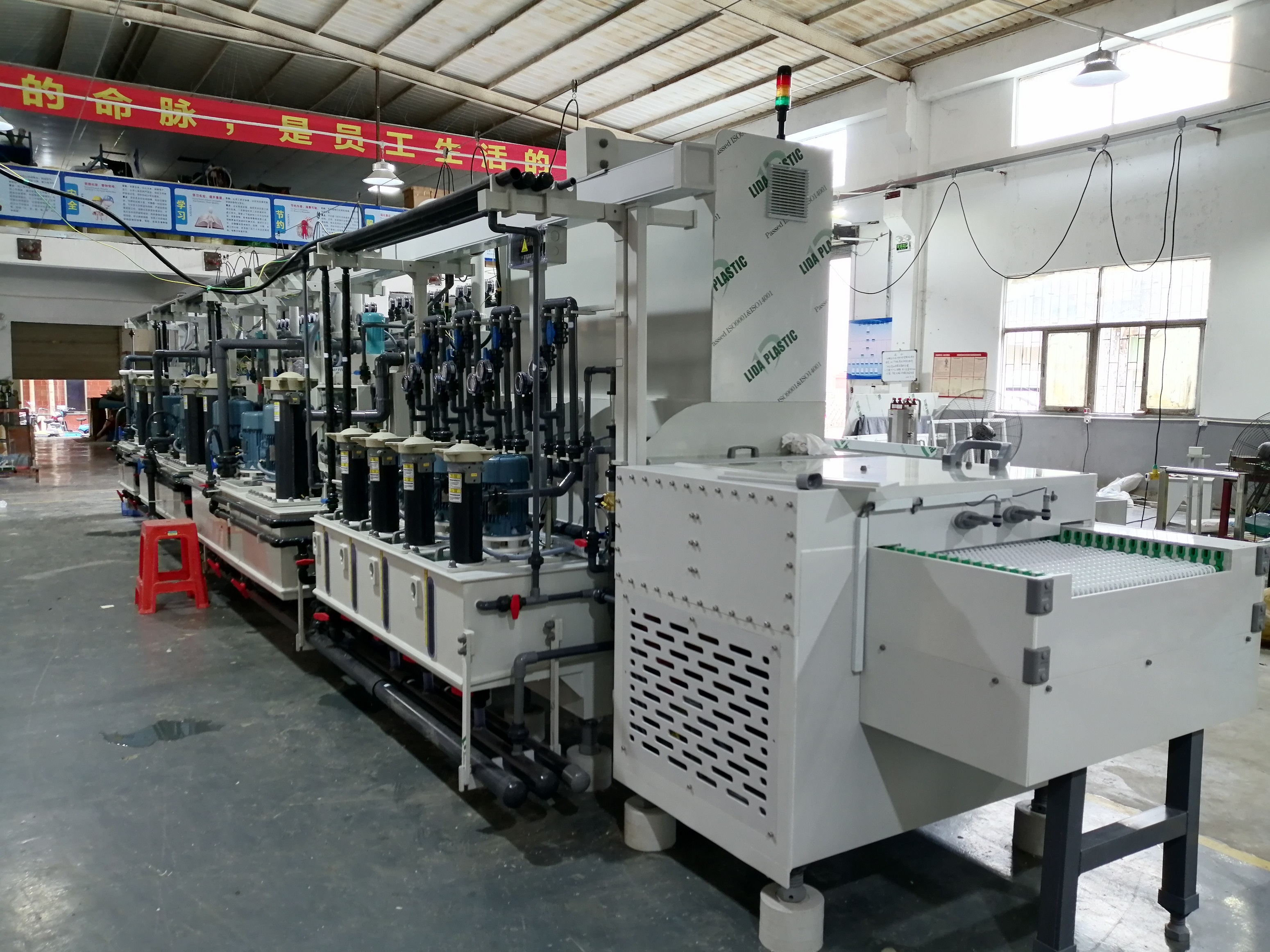
 Sep. 13, 2022
Sep. 13, 2022 